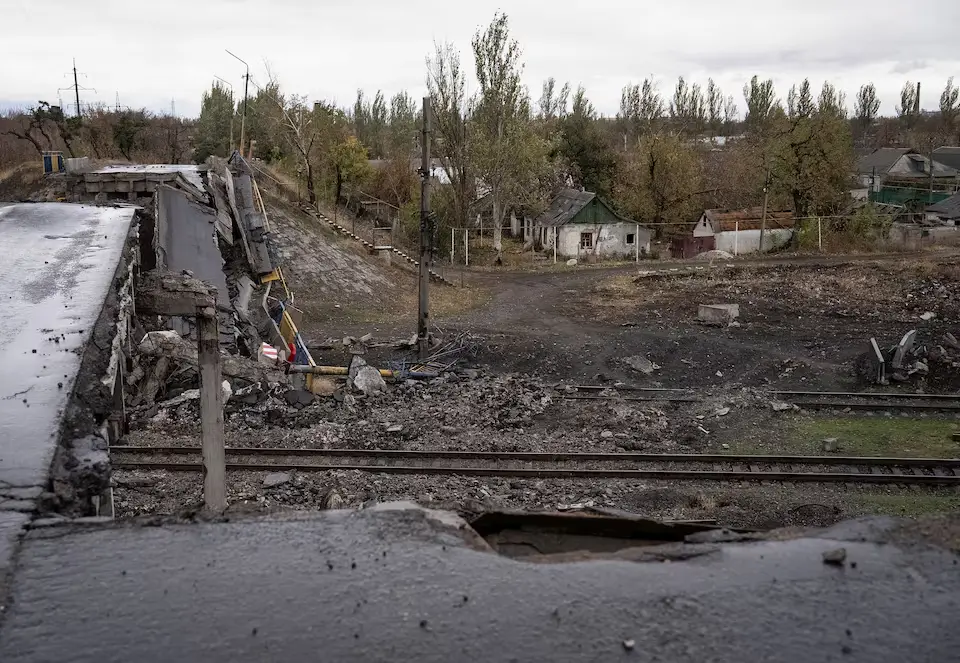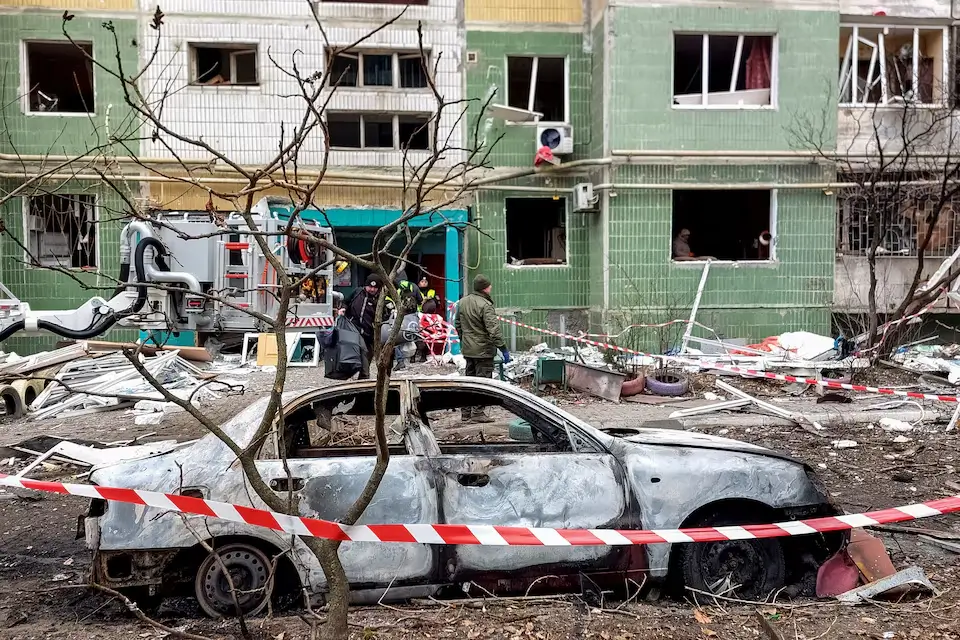The U.S. has authorized long-range Ukrainian strikes deep into Russian territory, marking a significant policy shift. Analysts, however, warn that this decision may have come too late to alter the course of the war. While the move might help Ukraine consolidate its position in the Kursk region, broader impacts remain uncertain.
Long-Range Strikes Policy Shift Under Biden
President Biden, nearing the end of his term, lifted restrictions on using U.S.-supplied weapons for attacks inside Russia. Previously, U.S. policy limited Ukrainian strikes to avoid escalating the conflict. With Ukraine struggling to hold off Russian advances, this decision marks a major change but may not shift the battlefield dynamics significantly.

Mixed Impact of Long-Range Strikes on the War
Military experts doubt the ability of long-range strikes to decisively change the war’s direction. Michael Kofman, a senior fellow at the Carnegie Endowment for International Peace, stated:
“The decision comes late, and it may be too late to change the course of the fighting.”
Political Reactions to Long-Range Strikes
The policy shift has faced criticism from U.S. political figures, including President-elect Donald Trump’s advisors. Trump, who takes office on January 20, has criticized U.S. military aid to Ukraine and pledged a quick end to the conflict, though he has not detailed his strategy.
Long-Range Strikes in Kursk: Strategy or Escalation?
Ukraine has long pushed for the ability to target deeper into Russian territory, especially military airbases. With the approval of ATACMS rockets, which have a range of 190 miles (306 km), Ukraine can:
- Defend against aerial assaults
- Target key Russian military sites
- Strengthen its hold on the Kursk salient, captured in a cross-border assault
However, Russia has condemned this move, viewing it as direct NATO involvement. The Kremlin issued a warning, calling the attacks on Russian soil a major escalation.
Challenges in Kursk Despite Long-Range Strikes
Despite the new capabilities, Ukraine faces pressure in Kursk. Kyiv reports that Russia has massed 50,000 troops and possibly deployed 11,000 North Korean soldiers to retake the area. The long-term success of Ukraine’s position depends heavily on sustained supplies.
“Ukraine’s best units are there, but success hinges on continued ammunition and reinforcements,” noted Rob Lee of the Foreign Policy Research Institute.
European Allies and Long-Range Strikes
France and Britain have not confirmed if they will authorize their own long-range missiles, such as Storm Shadow. Analysts note that the effectiveness of these weapons depends on the size of missile salvos and Russia’s air defense.
“Russia can intercept these missiles, making the salvo size critical,” Lee added.
Kyiv’s Reaction to Long-Range Strikes Authorization
In Kyiv, public sentiment is mixed. While some view the decision as helpful, many believe it comes too late to change the war’s outcome.
“This should have been a preventive step in early 2022,” said Olga Korovyachuk, a resident of Kyiv.
Conclusion: Long-Range Strikes as a Late Policy Shift
The U.S. authorization for long-range Ukrainian strikes shows a shift in policy but reflects ongoing concerns about escalation. While it might provide short-term advantages, the overall impact remains uncertain as the conflict continues and a new U.S. administration takes over.

